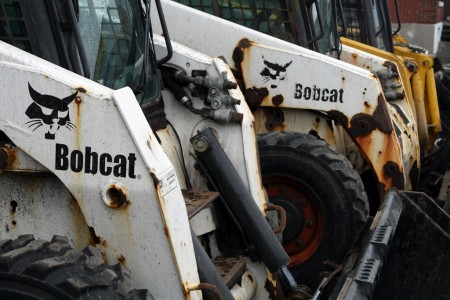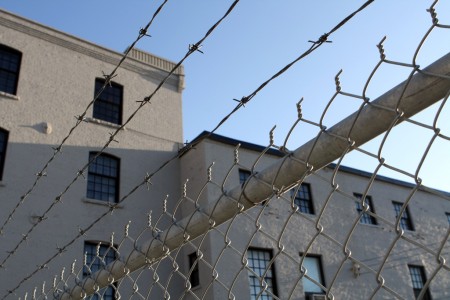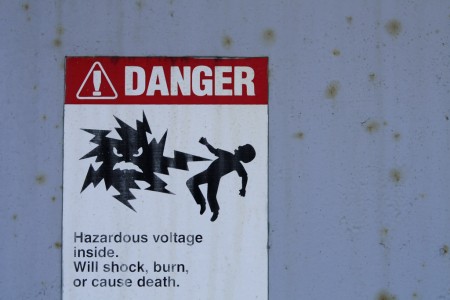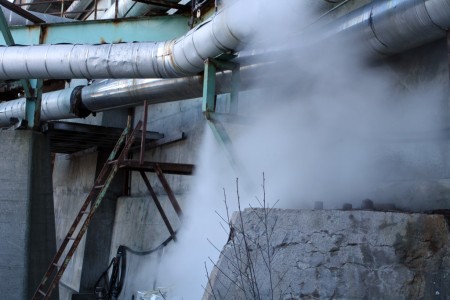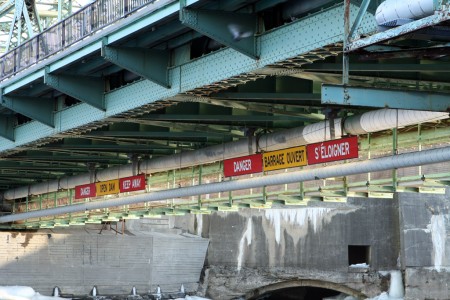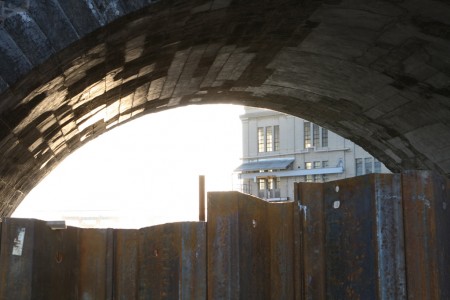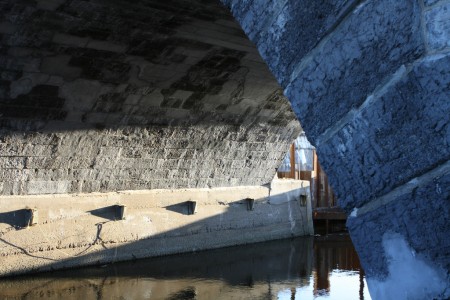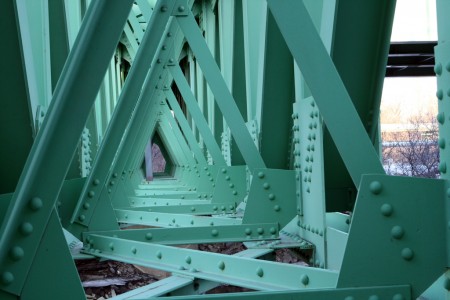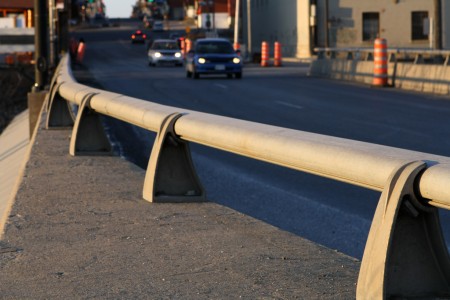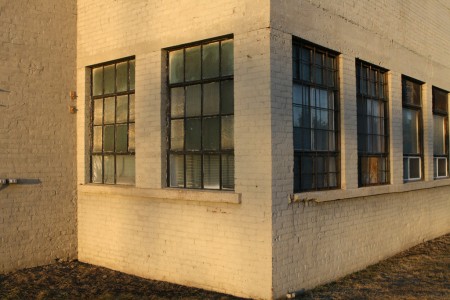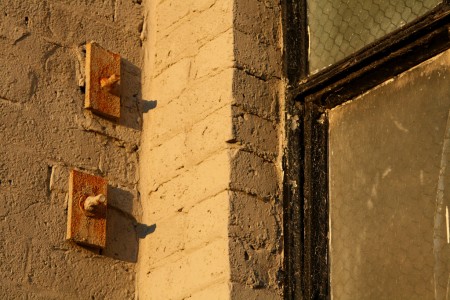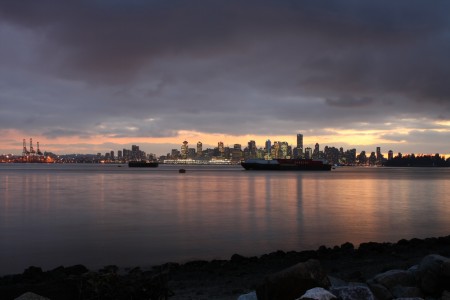For the last few months, my internet connection has been maddeningly unreliable. Oftentimes, it has trouble with basic tasks like loading text-based websites or accessing email. The only mechanism I have found for improving matters was to power down my DSL router, wait a few minutes, and then turn it back on. That made things better for a little while, but it soon got patchy again. TekSavvy is my internet service provider.
Non-geeks may want to skip the next section.
Technical details
A couple of weeks ago, I spoke with a TekSavvy customer support guy named Peter who helped me break down the problem. Replacing the phone cord between the modem and the wall did nothing. The problem could be the modem, the wiring in my house, or the wiring outside. To know, I would need to test the connection at the demarcation point between the Bell network (which TekSavvy leases) and my apartment’s own wiring. To isolate a modem problem, I would also need to test it with another modem.
Today, I cycled way up Bank Street to the Home Depot beyond Billings Bridge. Despite not having a driver’s license, I convinced the manager there to rent me a 50′ extension cord for 24 hours.
My one complaint about tonight is how long it took to talk to a TekSavvy tech person. I called their customer service line at about 10pm and was told someone would call be back ‘shortly.’ Forty-five minutes later, I called again and was told they had no record of me calling before. I waited some more. Then, at 12:30am, I called their customer support person and told them I had been told two and a half hours before that someone would call me shortly. At that point, the customer service person put me directly through to Todd in tech support.
He was extremely helpful. Out in the rain with my headlamp, modem, multi-tool, and extension cord, I plugged my modem directly into the demarcation point. From there, it synced properly and at the right speed. My heart sank a bit. That meant the problem was with my wiring: Bell would not fix it for free and, in the worst case, it would be necessary to rip out from the walls. I started thinking about switching to a cable modem.
Todd then explained to me that the problem could just be corrosion. The inside of the box at the demarcation point had fine black powder covering every horizontal surface. The male portion of the telephone connector inside was also brown and gunky. After scraping through the gunk on the male portion of the connector, I closed up the box and moved my modem back inside. Now, according to TekSavvy’s diagnostic, it is syncing much better.
The next step is to do a more serious reworking of that demarcation box. Ideally, I should clip the copper wires inside, strip the ends, and wrap those around the connectors. Then, I should cover them with some sort of waterproof, oxygen-excluding gunk (Vaseline?) and seal up the whole box better than it was before. That might allow decent, reliable internet access without the need to tear wires out of my walls. Another possibility for improvement is replacing the telephone jack inside.
All told, I am very pleased with the service from TekSavvy. After all, the wiring in the old house where I live is not their responsibility. Rather than make me pay for some Bell person to come out, test at the demarcation point, and throw up his hands saying that the problem is my wiring, they helped me isolate the problem, and then suggested practical steps for improving the situation and hopefully eventually resolving it.
I called their customer service person one more time and asked her to make a note in the tech guy’s file that he had really helped me out and I appreciated it.
One thing about all this is a bit funny. While it is easy to think of the internet as some ethereal thing that empowers human communication like nothing before it, it is also possible for a gunky little connector inside a sooty grey plastic box to interrupt it, causing months of agitation for a person like myself.

